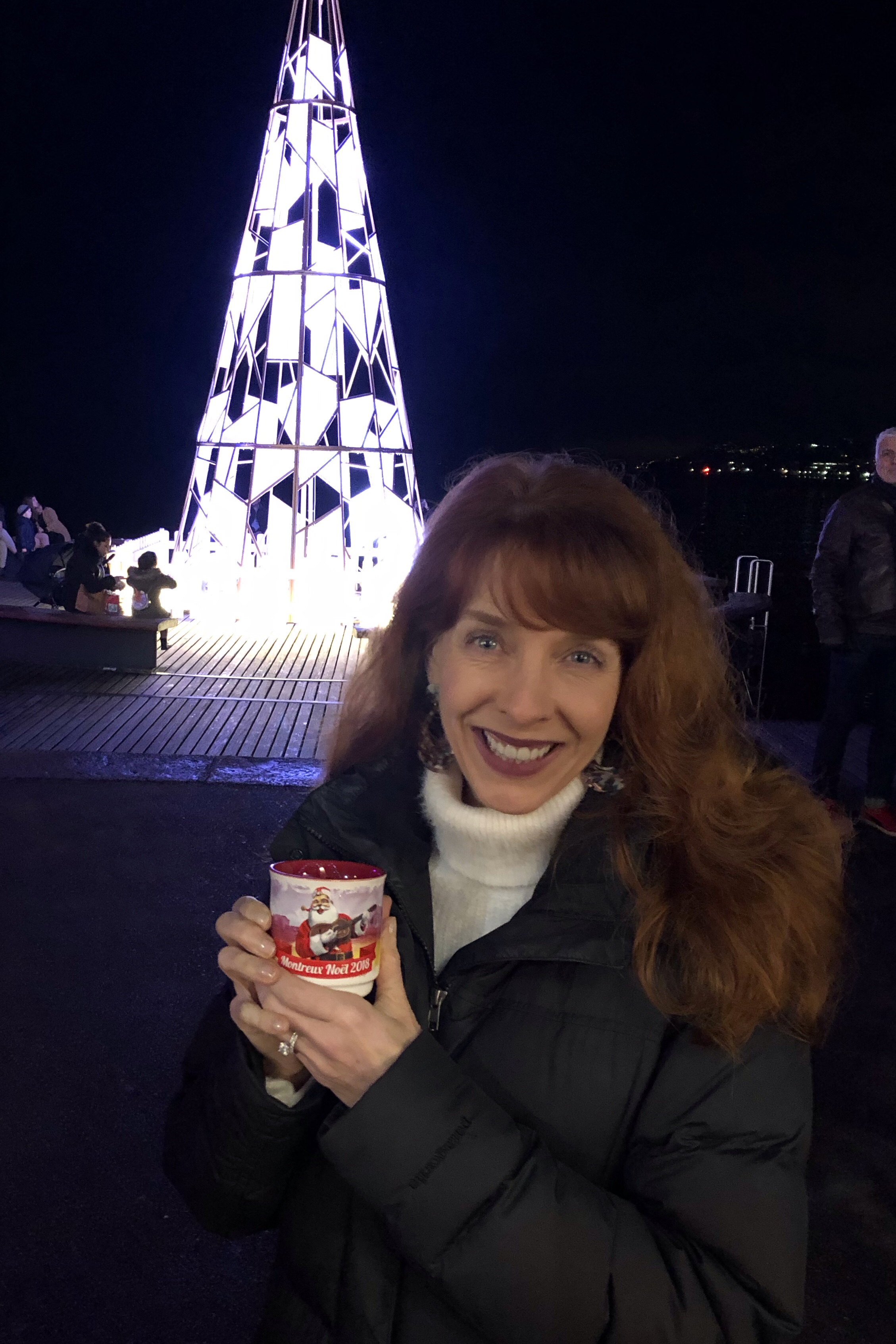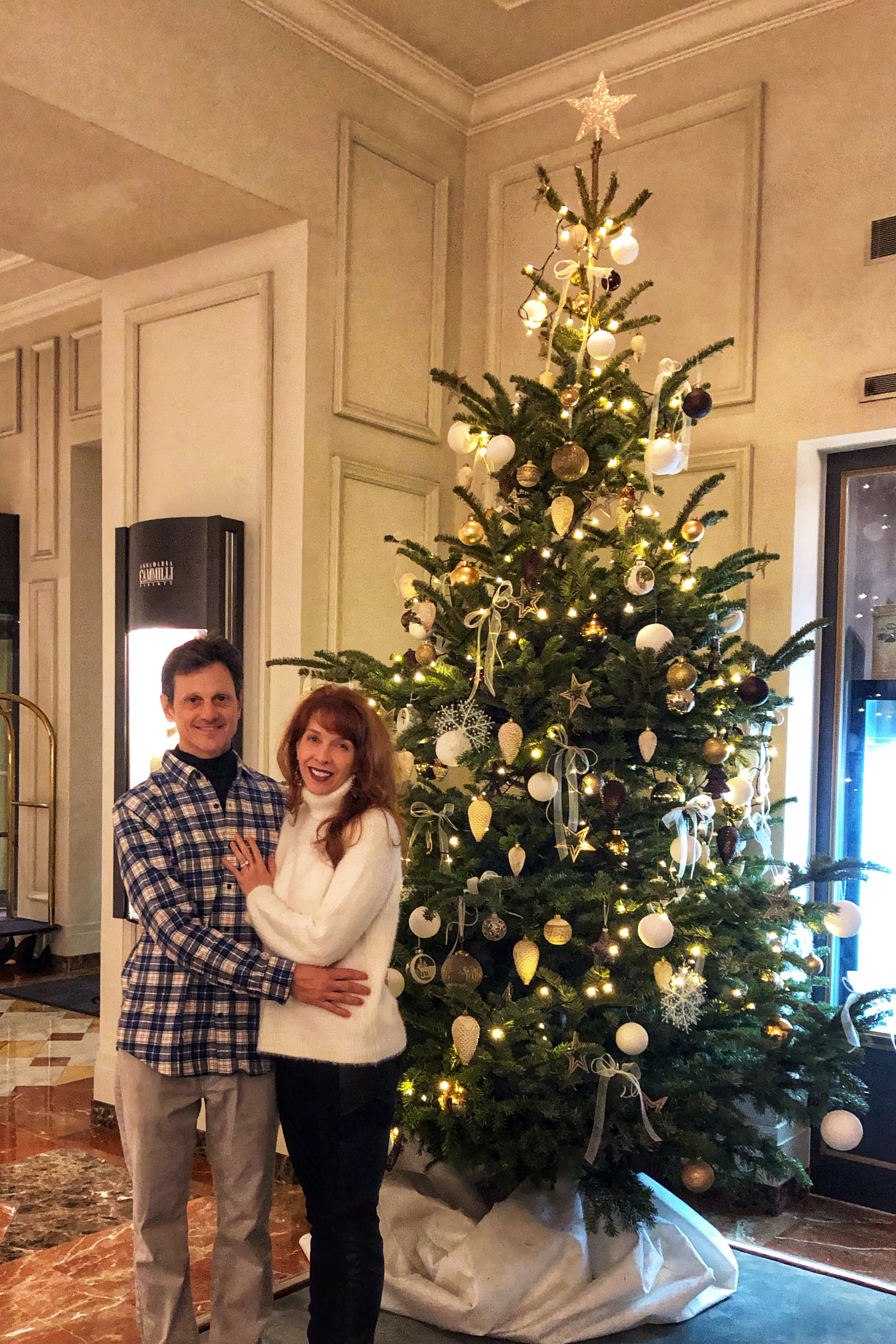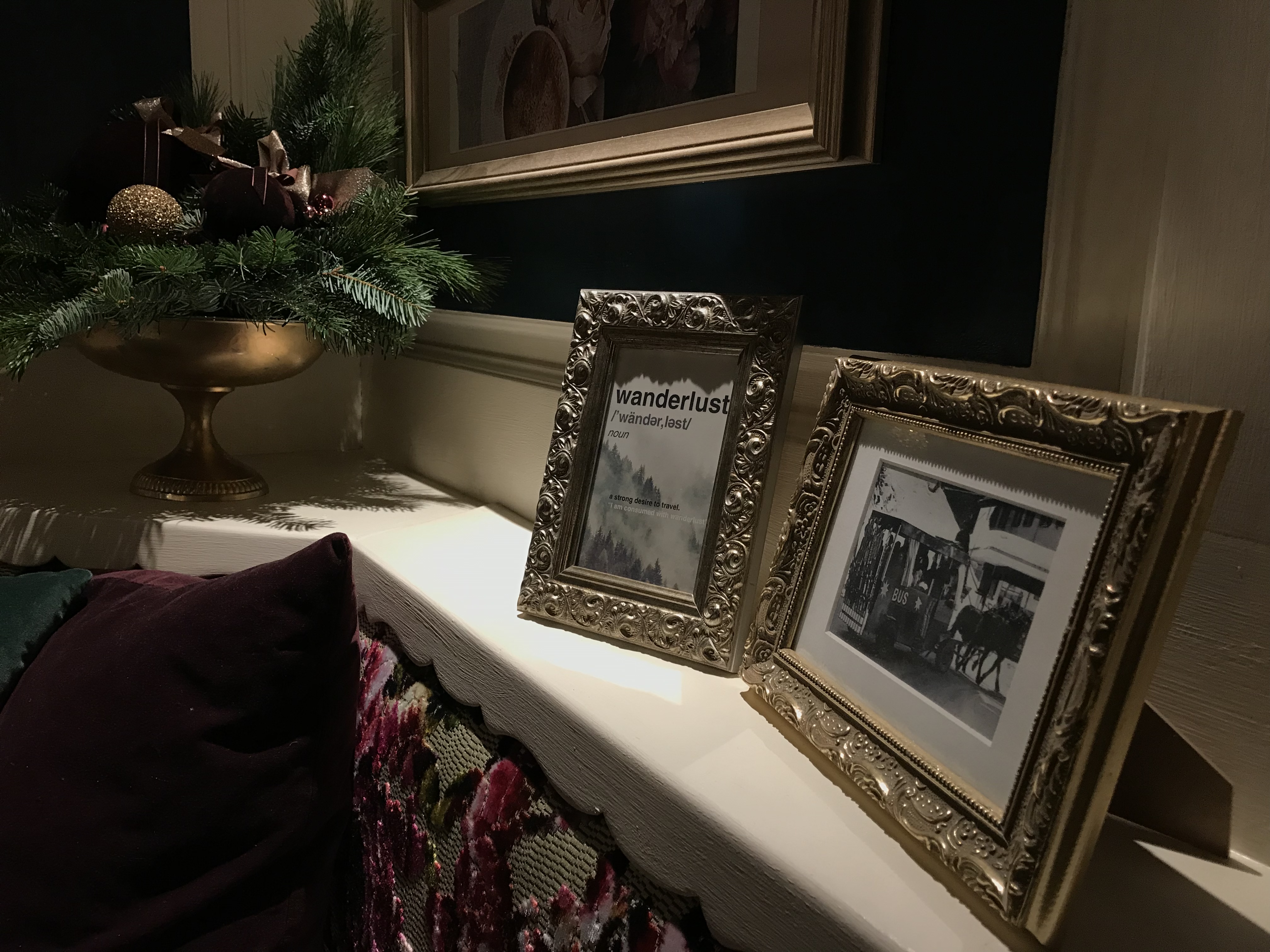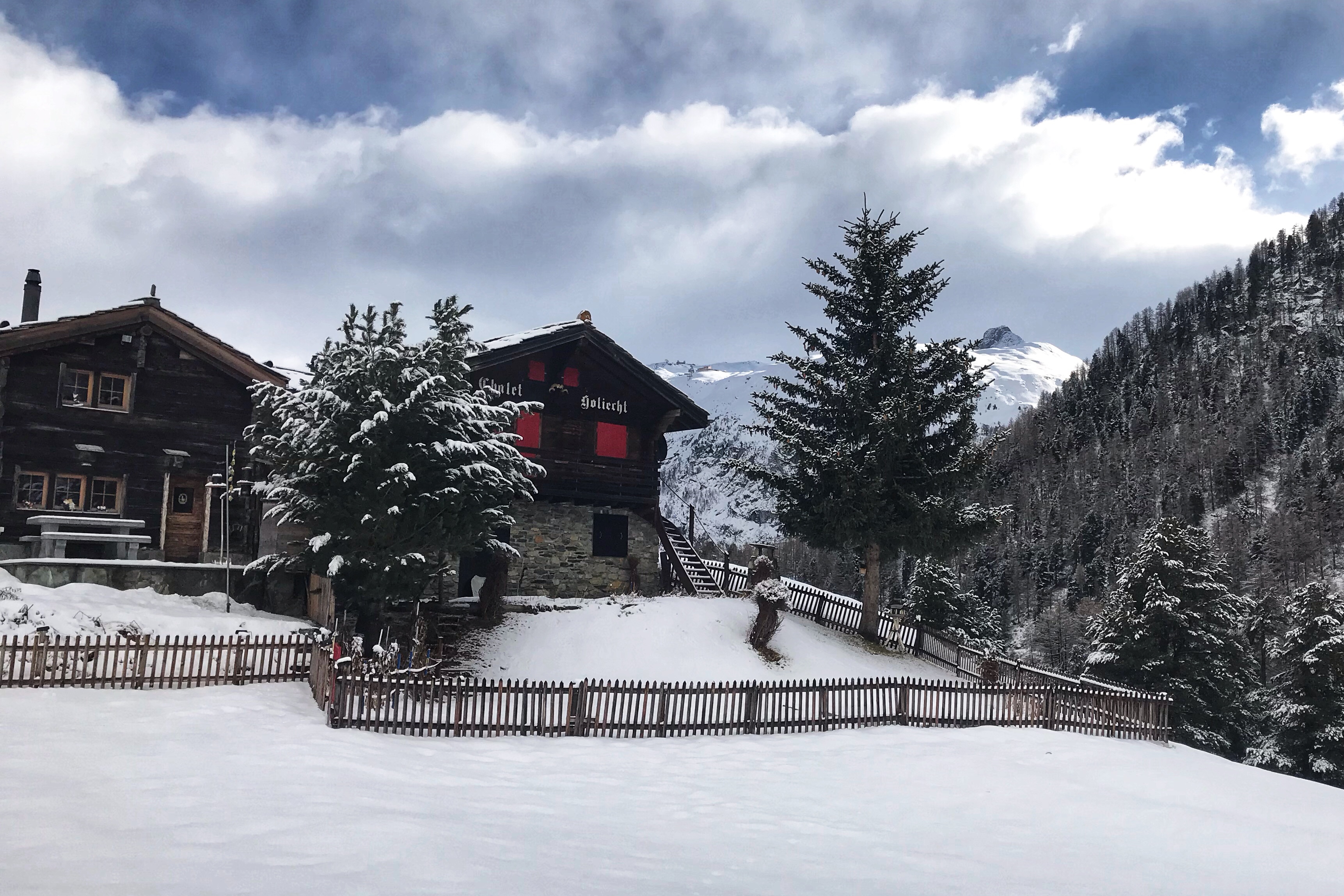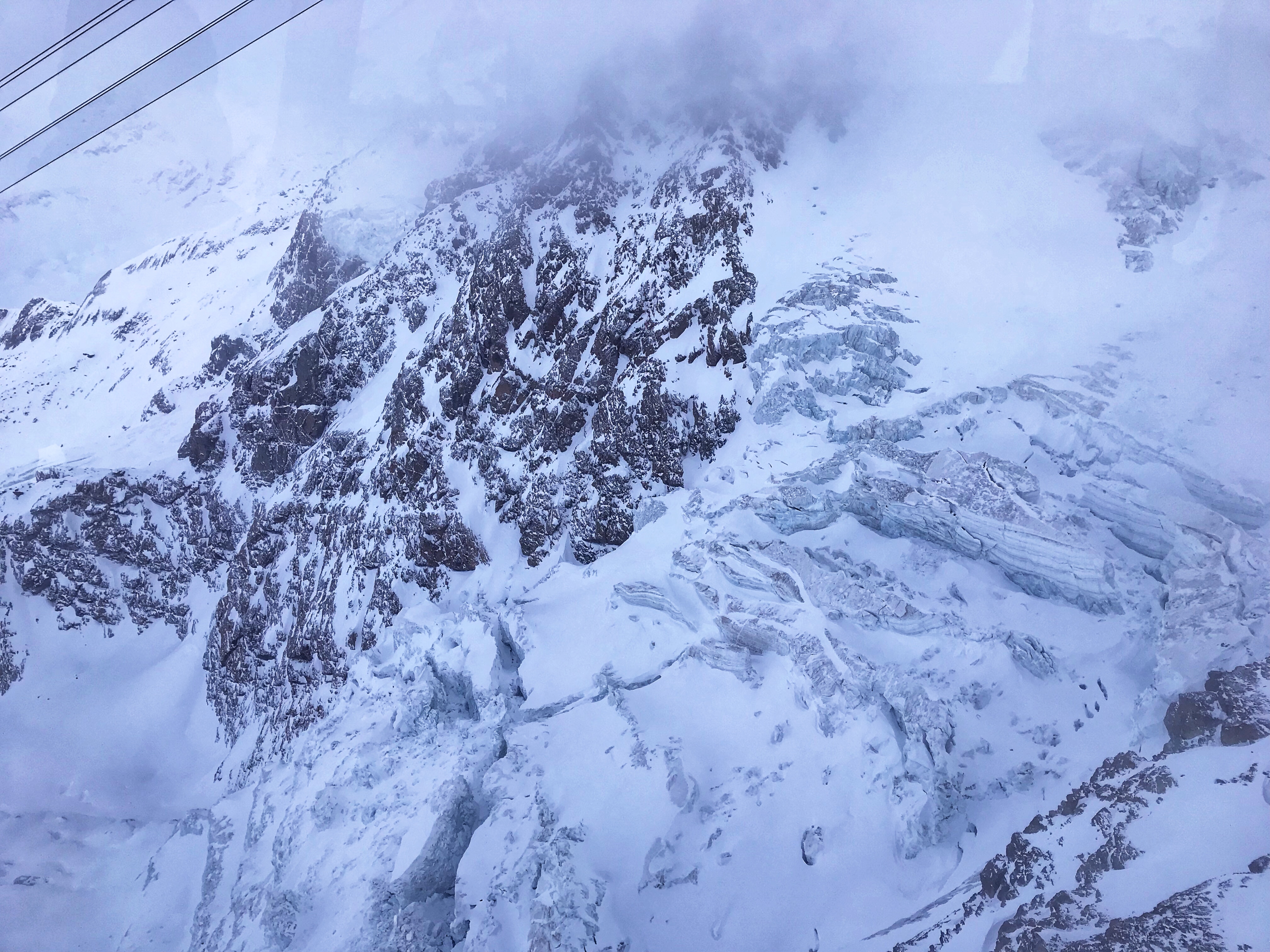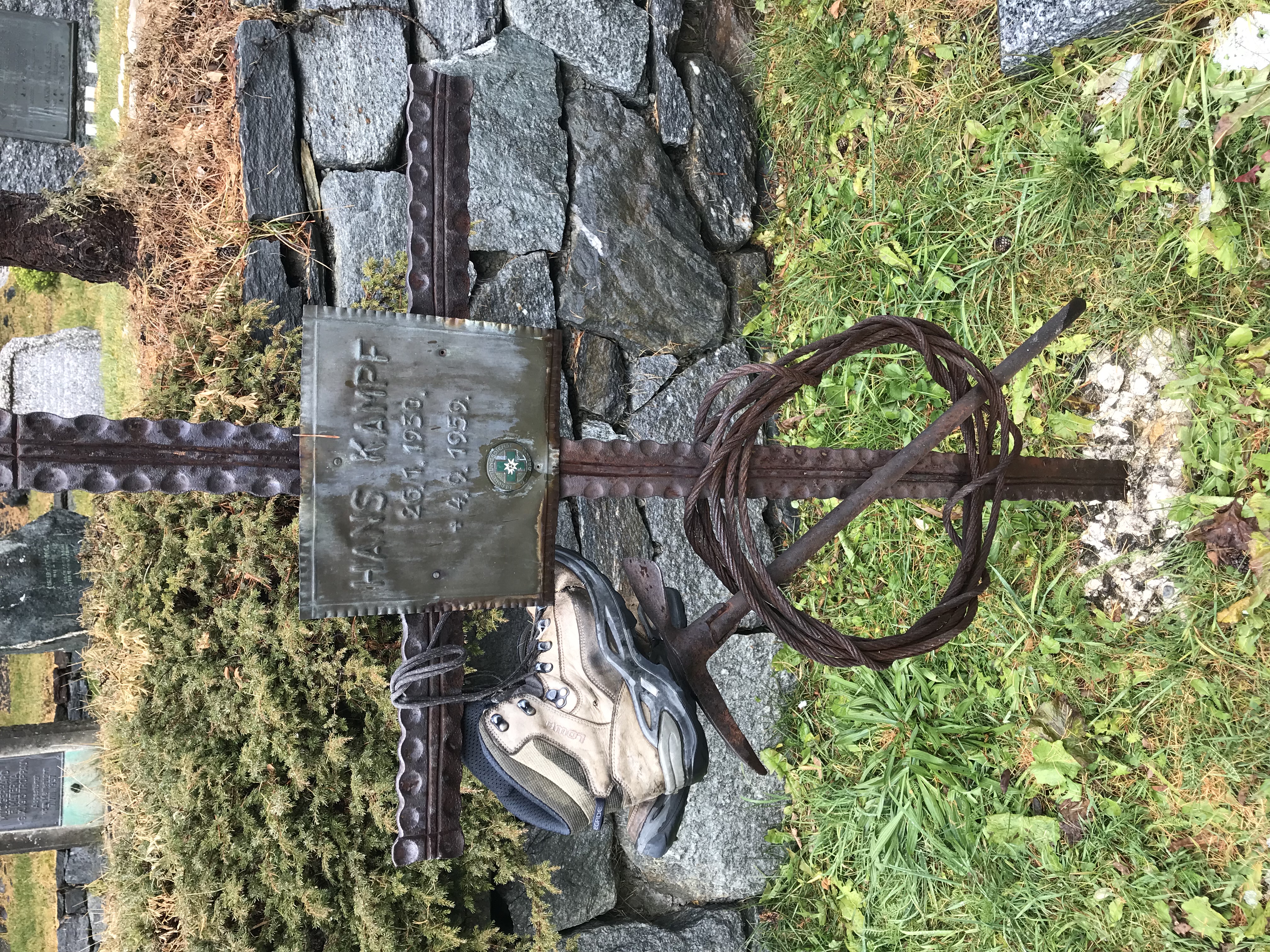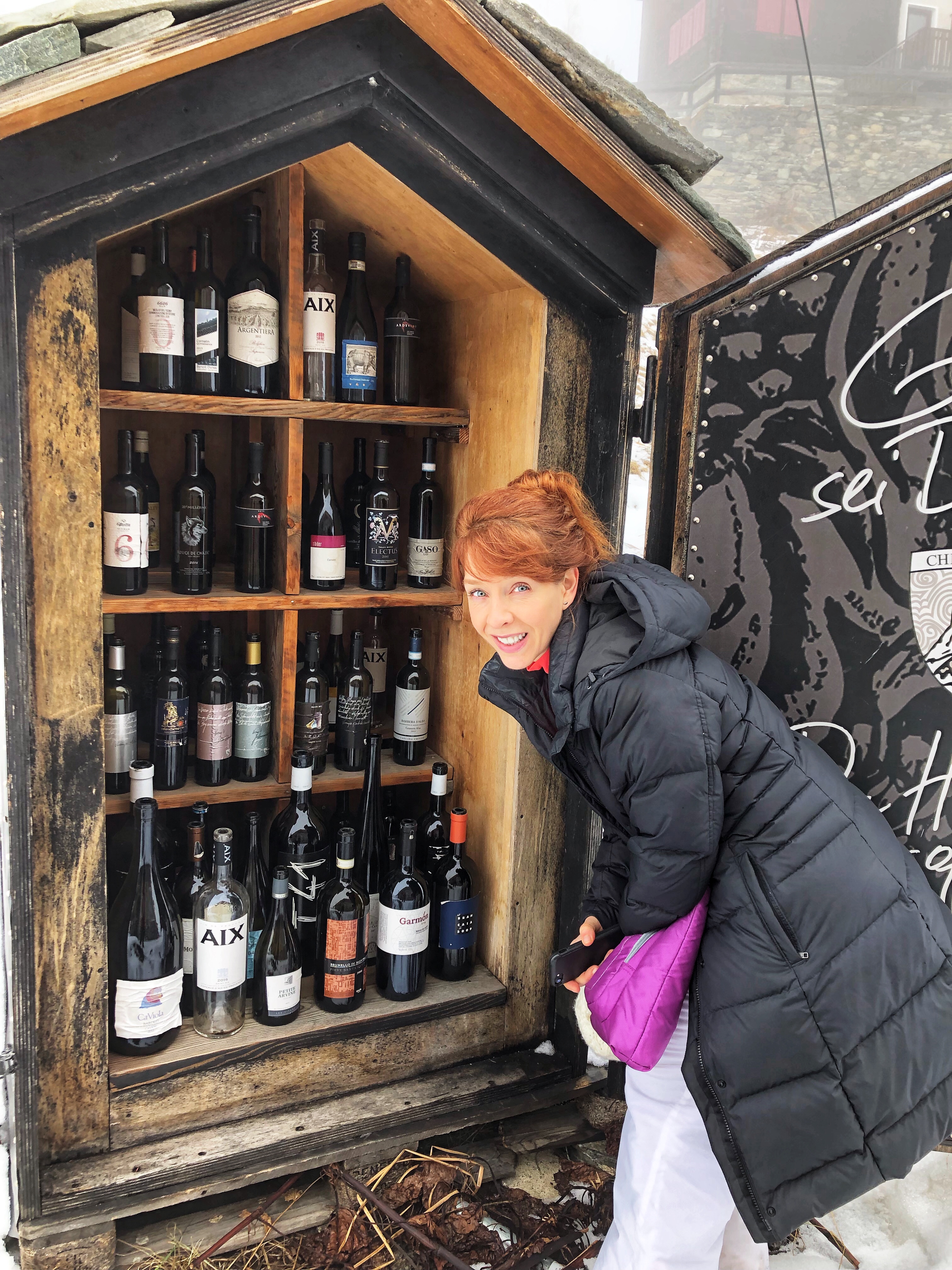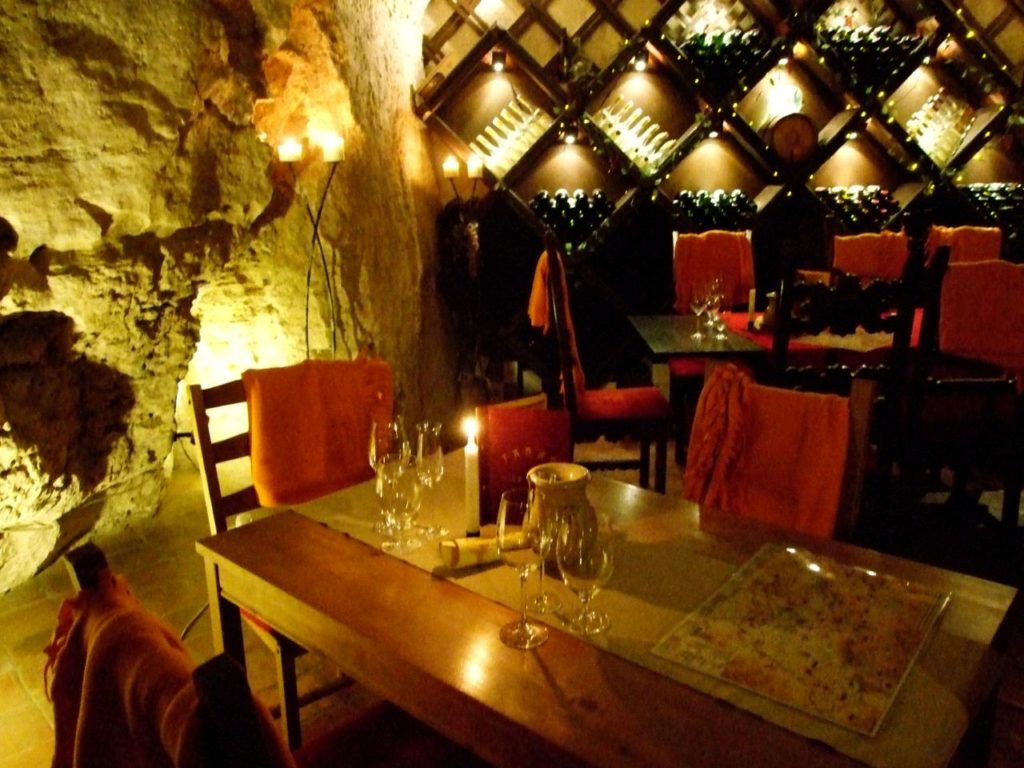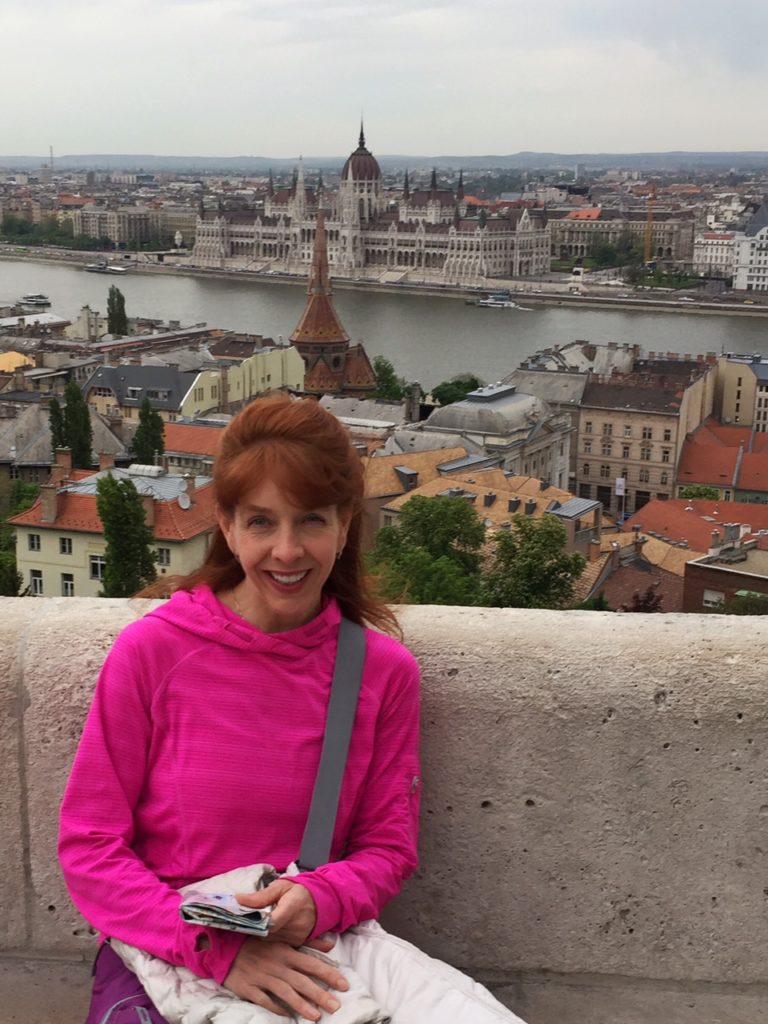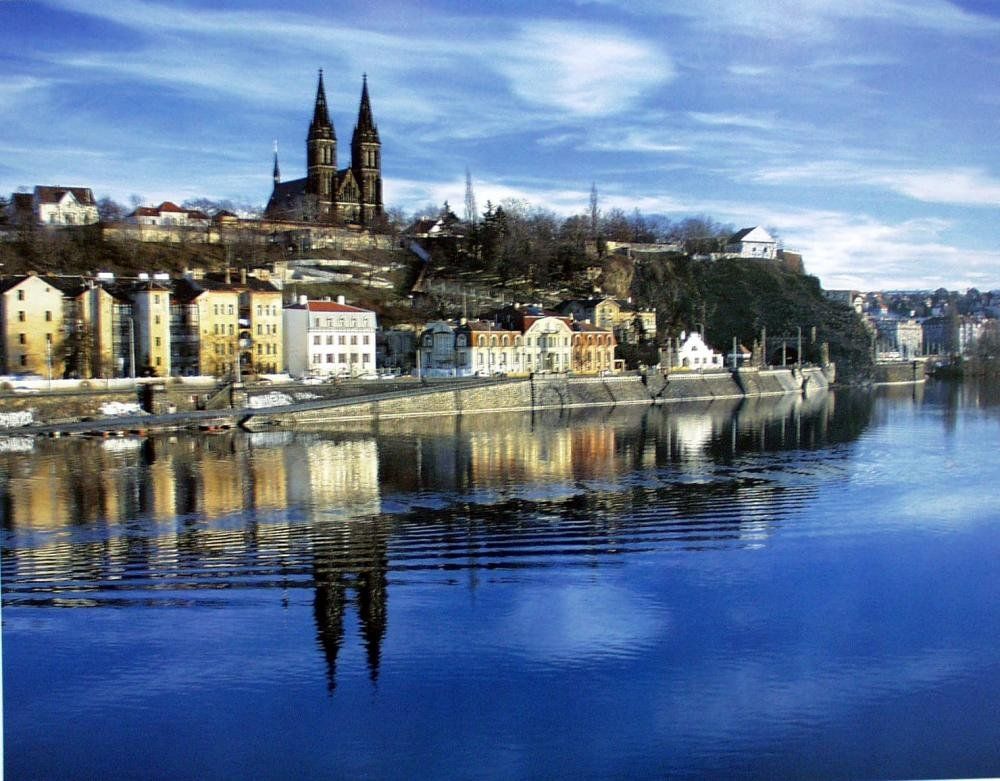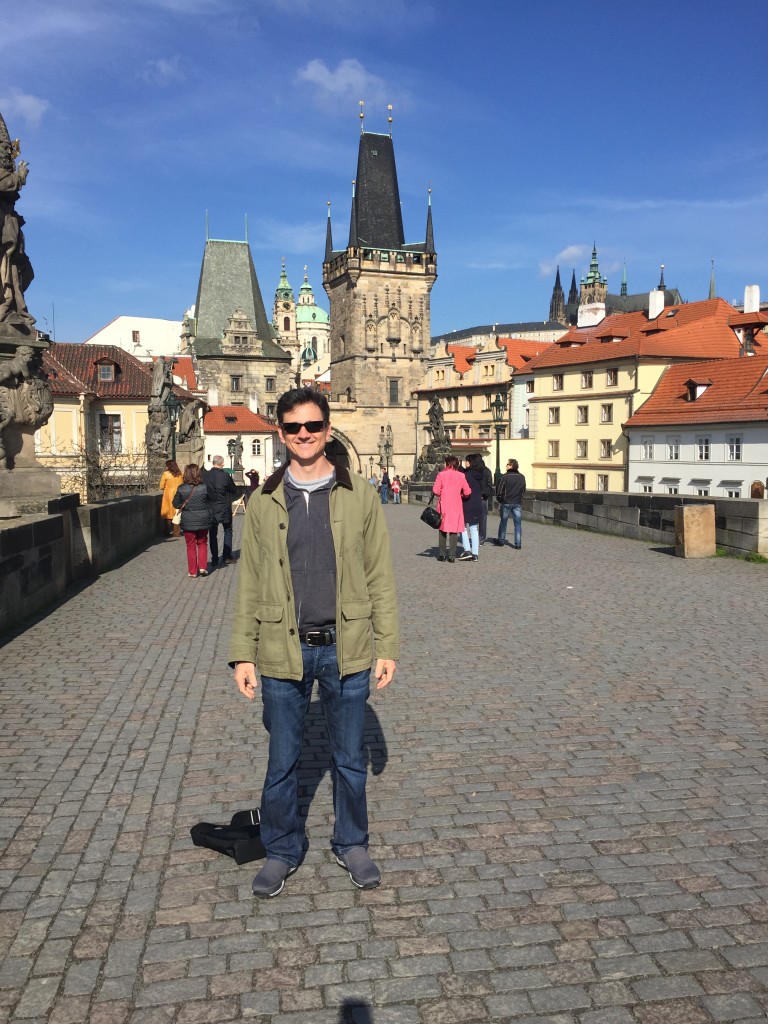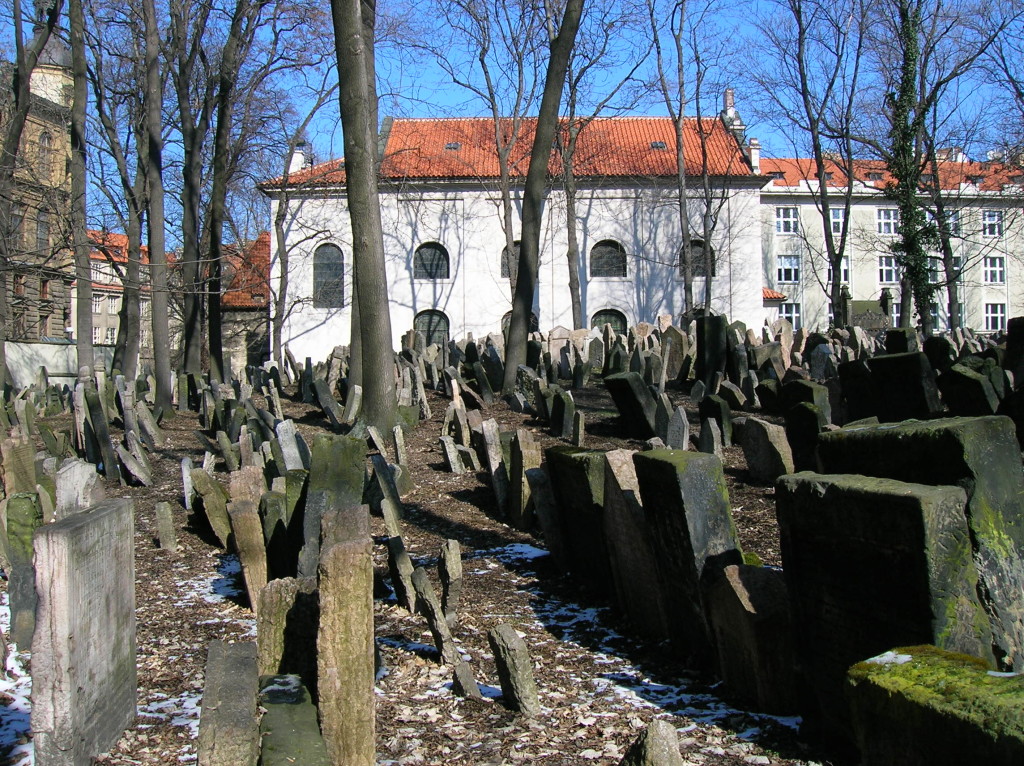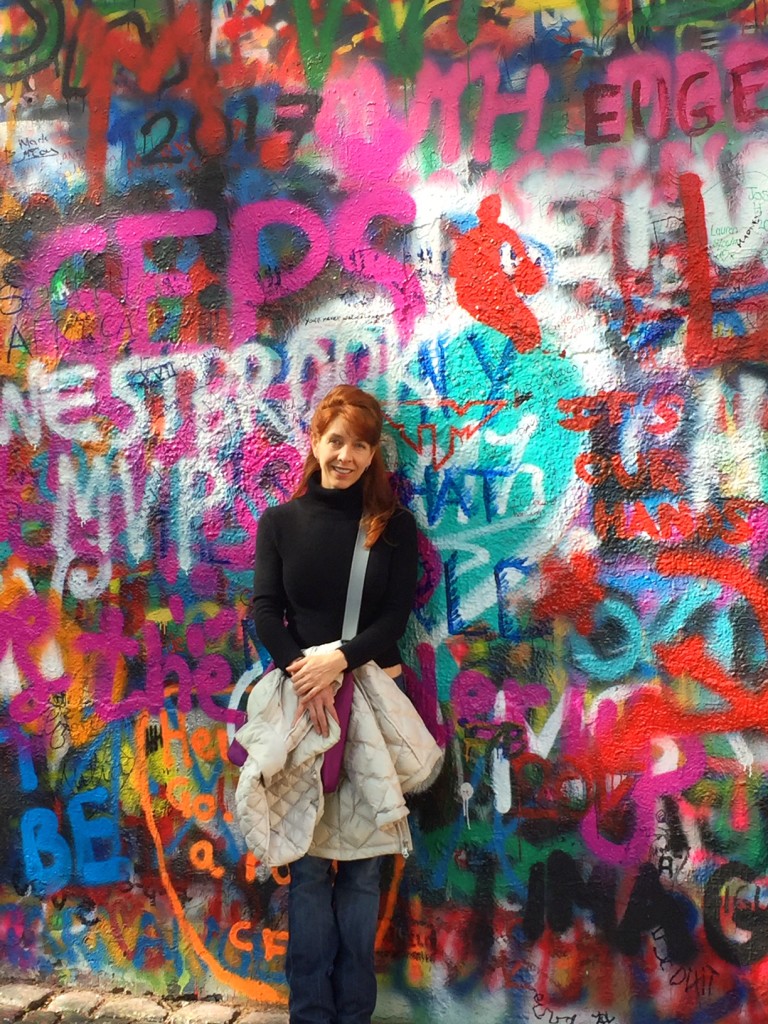My first impression of this city is the light. The way the light hits the pastel-colored buildings – some of which also boast traditional Portuguese tiles – is stunning! And the way the brilliant blue of the sky sits in the background. Even the streets seem to reflect the sunlight; the cobblestones sparkling! It is truly phenomenal. And apparently it’s not just me – studies have been done on the phenomenon of the light in Lisbon. Fascinating…and oh so pretty.

Since we were arriving post Portuguese holiday and the traffic wasn’t bad, our driver Jorge took us on a brief tour of the city – starting from the older portion which was not destroyed by the earthquake of 1755. As you drive closer to the river Tagus you see the difference in architecture and how the buildings have changed since the devastation of that day. The newer buildings are charming with traditional Portuguese tiles and pastel colors of all shades.

A short stop in our super cozy little Airbnb in the neighborhood of Alfama and we were off to check things out.
The downtown area of Lisbon is made up of many distinct neighborhoods – all very close together and all very different from each other. Well I think we visited every single one.
Alfama – the neighborhood we’re staying in – is the oldest in the downtown area and is also described as the most charming. This part of the city survived the devastating earthquake of 1755. The streets are cobblestone and the alleyways are hidden and tiny and adorable. Small shops, restaurants and bars seem to be placed in the most unimaginable places. It’s a neighborhood where you can and should get lost! I believe that is where you’ll find the most charm. Flowers pop from cobblestone sidewalks and apartment terraces.

We had our first unplanned meal on our way down the hill from Alfama. Both of us love to try the traditional cuisine of a place while we travel and this was no different. John got a very typical dish called bacalhau com natas – a mixture of codfish, potatoes and onions with some cream. It was lovely! I – on the other hand – opted for sardines. I know…but I had to try them. They seem to be everywhere in this city! Well, I tried them – once was enough! I also had some wonderful mussels – not a traditional dish but a girl’s got to eat.
We headed down the hill from Alfama toward the center of the city – Baixa. This is definitely tourist-central! This is also the area of the city that was completely destroyed in the earthquake and so is very new – respectively speaking. Interestingly, it also contains the earliest examples of earthquake-resistant architecture. There are tons of restaurants and shops – restaurants and shops that you will find all over the world – H&M anyone?! – but there are also some gorgeous buildings and lovely statues in some of the placas.
Praça do Comércio is known as the entrance to Lisbon. It was rebuilt after the earthquake and is a large welcoming square set right on the riverfront. Here you can check out the cruise ships and sailboats as you walk along the water. So many people come to this area to watch the unbelievable sunset each night over the water.

We took our time strolling down the riverfront enjoying the people watching and the weather and the water. We were walking toward another neighborhood called Cais do Sodre.
This is one of the cool, hip trendy neighborhoods. It is considered to be a good example of Lisbon’s transformation from traditional to more progressive and liberal. It contains Ribeira das Naus, the recently rejuvenated riverfront areas where tourists and locals alike flock to relax along the water. This is where John and I watched our first Lisbon sunset. We stopped at one of the quiosques for some wine. These quiosques can be found all over the city. You can buy wine or some light snacks here. We bought a glass of Portuguese white wine for me and Portuguese green wine for John!
You read that correctly – green wine! Green wine is nothing new – it is the typical Portuguese Vinho Verde from the northern part of the country. It is cool, crisp and has some effervescence. So yes it’s fizzy. Not my thing 🙂
After the brilliant sunset, we got lost and ended up on Cais do Sodre’s infamous Pink Street. Come here if you want to drink and party into the wee hours of the morning. And after you party, the shopkeepers have to scrub down that famous pink street!
 We headed up the hill toward Bairro Alto. In Bairro Alto you are returned to cobblestone streets but it has a much more hippie-bohemian style. There is a lot of personality in this neighborhood! We passed so many cool, eclectic wine bars. Tables are set onto the cobblestone streets for tourists to dine al fresco. And it seems like music and laughter can be heard around every corner.
We headed up the hill toward Bairro Alto. In Bairro Alto you are returned to cobblestone streets but it has a much more hippie-bohemian style. There is a lot of personality in this neighborhood! We passed so many cool, eclectic wine bars. Tables are set onto the cobblestone streets for tourists to dine al fresco. And it seems like music and laughter can be heard around every corner.

 It was getting way past our bedtime so we made our way slowly back to Alfama. The Alfama neighborhood is also known for having the best Fado music in Lisbon. Fado is the traditional music of Lisbon and from all I’ve read – a must-hear! The music itself is listed on UNESCO’s Representative List of the Intangible Cultural Heritage of Humanity.
It was getting way past our bedtime so we made our way slowly back to Alfama. The Alfama neighborhood is also known for having the best Fado music in Lisbon. Fado is the traditional music of Lisbon and from all I’ve read – a must-hear! The music itself is listed on UNESCO’s Representative List of the Intangible Cultural Heritage of Humanity.
Fado is sung in Portuguese and has a sad, melancholy feel to it. It is somewhat haunting. It is typically a female singer and two men playing guitar. It can be heard all over Alfama! The female voices are strong and steady and loud and absolutely amazing! Just turn the corner onto another tiny alleyway and you can hear another voice belting out a beautiful, yet mournful, tune. Tourists either pay to hear the musicians or just sit on the steps and listen for free.
Since it was late we grabbed a bottle of Portuguese white wine and headed to our apartment where we listened to Fado music (on Spotify!) and talked about life. What a great start to our vacation!




 Castle de Chillon is a medieval fortress sitting on the shores of Lake Geneva. It is the most visited monument in Switzerland. The oldest parts of the castle haven’t been definitively dated but the first written record of the castle is 1005! It is most known for it’s use as a prison in the 16th century. It’s most famous prisoner is Francois Bonivard on whom Lord Byron’s famous poem “
Castle de Chillon is a medieval fortress sitting on the shores of Lake Geneva. It is the most visited monument in Switzerland. The oldest parts of the castle haven’t been definitively dated but the first written record of the castle is 1005! It is most known for it’s use as a prison in the 16th century. It’s most famous prisoner is Francois Bonivard on whom Lord Byron’s famous poem “